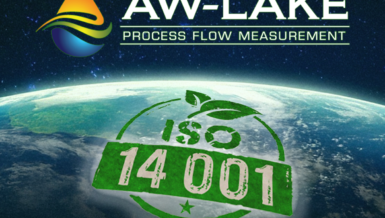The definition of ‘low flow’ varies by industry. In bulk industries, flows under 500 kg/h are considered low, while in research, it’s flows below 100 g/h. To give you an idea, think of a water droplet. With a typical diameter of half a centimeter, 100 gram per hour is equivalent to about 2000 water droplets per hour. And 100 drops are an equivalent of 5 gram, dosed over an hour.
Low liquid flows of less than 100 g/h are highly sensitive to even minor disturbances in process or ambient conditions, which can significantly affect flow stability. Managing these flows requires in-depth knowledge of fluid characteristics and system components, as well as the ability to control external conditions to maintain stability.
Bronkhorst’s team of experts have compiled their extensive knowledge into an e-book. Beyond the basics, you’ll read:
- Recommendations for low liquid flow setups (flows < 100 g/h)
- Tips for selecting the right flow meter
- Advice on system layouts, connection materials, and liquid supply systems
Download your copy now and enhance your understanding of low liquid flows
👉 E-book ‘How to handle low liquid flows’ | Bronkhorst










